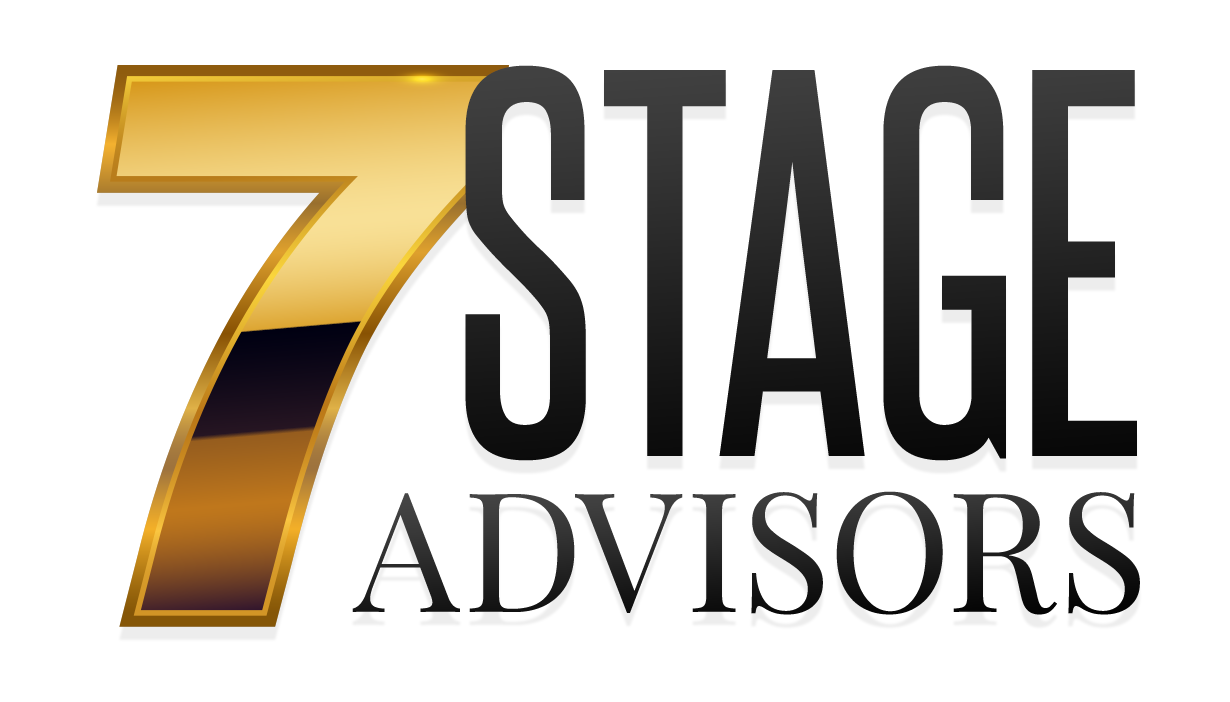
If your business is profitable and well-run, people are considering buying it. So whether you’ve noticed it or not, outsiders are evaluating the worth of your company. And while you may not want to sell your business quite yet, it’s still wise to stay ahead of the game.
You need to be well positioned because, even if you have no intention of selling your business, people WILL offer to buy it. If you own a successful business, this is inevitable. That’s because only a tiny percentage of companies ever reach this stage, so investors and buyers start watching when they get to a certain level of performance. These people don’t want to create a business; they want to buy success. And you may or may not want to sell it to them.
Of course, some of these will be willing to overpay. So whether you’re considering a sale or not, you should be able to understand the value of your business and evaluate a big offer when it appears.
Stage 6: The Salability Stage
In the 7 Stages of Business success, you start with a strategic plan. Next, you become the best in your field. Then you add key team members, then systems, and next, you add additional benefits and branding that make it easier to scale your firm.
Once all that’s in place, it’s time for Stage 6, The Salability Stage. Your organization is running well, making money, and positioned to scale up, open new locations, or franchise success. But even if you are ready to sell your business, there’s still more work to do.
Stay True to Your Core Principles
Your business mantra, velocity, principles, and purpose brought you this far. So don’t lose sight of them as you get ready to sell. Once your program enhancements have permeated the entire organization, you’ve got a cohesive team marching in the same direction. And that’s worth a lot to you–and to potential buyers.
Stay focused on your planning, monitor sales targets, and stick with your milestone planning. In sports, this is called being great at the basics. You’re going to continue to execute the basics flawlessly.
Talk the Talk
Now that you’ve got the basics under control, and everything is working well, don’t mess with processes. Instead, use your time to upgrade the company image. You’ve learned how to walk the walk. Now it’s time to talk the talk, and that means updating your image.
While lean spending may have helped you launch a thriving firm, in Stage 6 it’s also important that your facilities reflect your success. Update your offices. Enhance your real estate. Improve curb appeal.
Of course, upgrades must extend beyond office spaces. This is also the time to modernize or upgrade the logo and marketing materials. Make sure you have a good-looking website and active social media accounts. Every place your business appears, online and offline, should look professional and well maintained. Marketing and sales tools should clearly communicate up-to-the-minute success.
By positioning your firm on the cutting edge of the marketplace, you are reasserting your place as an industry leader. Walking the walk and talking the talk are excellent ways to increase a business’s tangible and intangible value.
Lipstick on a… (Well, You Know)
This is not the time to overhaul the organization, redo the leadership structure, or radically change systems. Instead, focus on purely cosmetic enhancements. Don’t overhaul your leadership team or change the way you do business. Instead, limit changes to superficial image upgrades.
These minor adjustments will yield sales increases, but it’s still your solid systems and controls that allow the company to continue to thrive, even when you’re not in the office.
Complete a Business Valuation
If you followed the 7 Stages of Business Success, your advisory board would now include an expert in business valuations. This individual can tell you what your business is worth to buyers. A total valuation of the company not only lets you evaluate unsolicited offers, but it’s also a logical extension of the benchmarking you’ve already done.
A business valuation will help you understand the value of your investments to date. It will also point to tweaks you can implement to make the business more salable.
A business valuation will also reveal the need for additional strategies, depending on the type of sale you’re anticipating. For example, if you’re on the verge of taking your business public, it’s time to surround yourself with experts who can bring you to an initial public offering (IPO). If you decide to merge with or acquire another company, you’ll want to consult with business lawyers, evaluate partnership arrangements, and measure the merits and drawbacks of such mergers.
Once you have a valuation in place, you’ll also know where to improve (to increase value) and what to leave in place (to prevent reducing value).
Evaluating the Offer
With superficial improvements completed, you are now more likely to solicit offers from a broader range of buyers. With a business valuation in place, you’re better positioned to analyze such requests. You’ll recognize a generous offer when you see it, and you’ll be able to dismiss poor proposals confidently.
You may be tempted to take a good offer and move on to your next adventure. Conversely, you may stay put for a while. Or you may want to evaluate other ways to sell your business, such as taking on investors, selling to management, or other options (see Stage 7, The Succession Stage, for details).
Whatever you decide, by optimizing the optics of the business, keeping valuable attributes in place, and leveraging value, you’re better positioned for continued growth, with or without a seller.
Want to Know More About Stage 6?
Many executives have found that 7 Stage Advisors is an excellent resource for improving and growing a company. But we’re not suitable for everyone. So if you want to talk more about your goals and needs, contact us to find out if our coaches can help you take your business to the next level.

